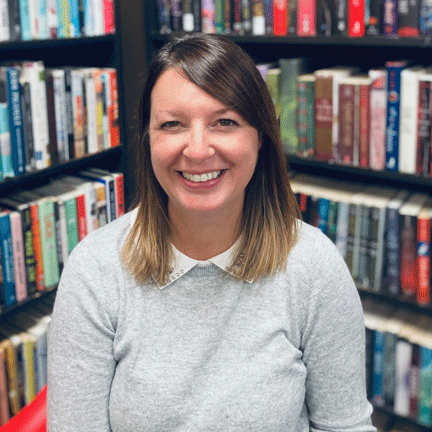Have you ever thought about a word that you know well, yet you’d struggle to articulate an actual definition of it if asked? I recently had this experience with the word energy.
I use this word all the time: I have no energy today! That presentation really energized me! Make sure you pack a snack so you don’t run out of energy!
But when I was thinking about how to bring new energy into my classroom, I was struck by my lack of a concrete definition of the word. Is energy a vibe? A life force? A complex component of physics? I wasn’t sure, so I pulled out my phone, googled it, and was surprised by the result. Energy isn’t some mysterious feeling; it’s simply the capacity to do work.
Yes! I thought. When I have no energy, I don’t feel like engaging in the work. When I attend an inspiring workshop with great ideas, I want to go back into my classroom and put the ideas to work. I want my children to have a snack so that they can continue to participate in the work of play and adventure. And, isn’t energy really the basis of what I want for myself and the students in my classroom? The capacity to engage in the hard yet deeply rewarding work of reading, writing, listening, and speaking?
I began this train of thought because I wanted to bring “new energy” into my classroom, but my Google search reminded me that energy never goes away, that it can neither be created nor destroyed, that it always exists in the potential. According to the first law of thermodynamics, the total energy of the universe remains constant.
I found this to be a comforting thought. I don’t have to create energy for my students; they already have it. What I can do is find ways to convert their potential energy into the energy of motion. What I have found is that small tweaks in the classroom can have a big impact on students’ capacity for work. Changing the classroom environment, mixing it up, and moving around: These are all ways that I can get my students in motion and engaging in work.
Changing the Classroom Environment
Our desks are usually arranged in groups of four, but when students enter the classroom and the desks are arranged in a large circle or rows that face one another, their curiosity is piqued and there’s an excitement in the air about what we will be engaging in that day.
Once a year I go big and completely transform the classroom space to give students the feeling of being transported to another environment. This year a friend of mine was moving and was looking to get rid of a bunch of decorations from a luau she had thrown. I happily took those into my classroom and set up an AP Literature Exam Review Luau complete with vines and a waterfall (aka a blue foil fringe backdrop that I found at a local party store).

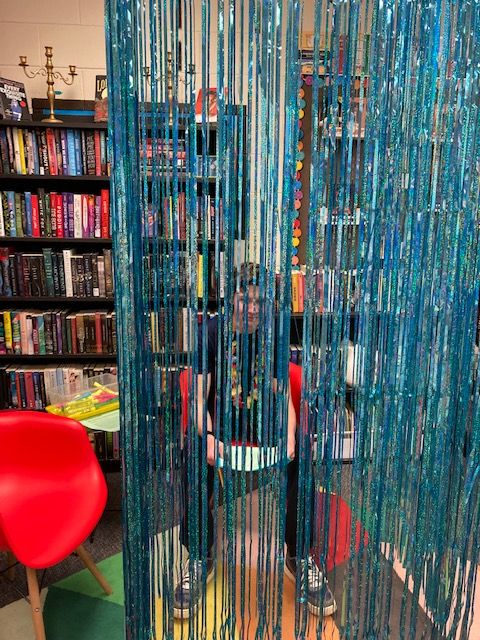
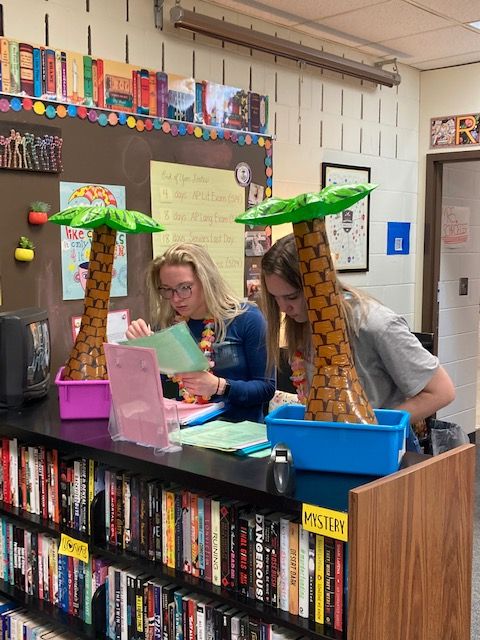
Mixing It Up
When we had gotten into the habit of doing most of our writing on our computers, I brought in some feather pens and parchment-like paper during a study of a Shakespeare play and asked students to use them for a written response. These high school students practically jumped out of their seats to grab the supplies and got to work with an enthusiasm that I hadn’t seen for a while.
I keep a bin full of Play-Doh in my classroom cupboard, and when things are getting stale, I bring it out and ask students to sculpt the imagery or symbolism that they see in a text before they write about and discuss it. This added step makes students think about and process the text even more.
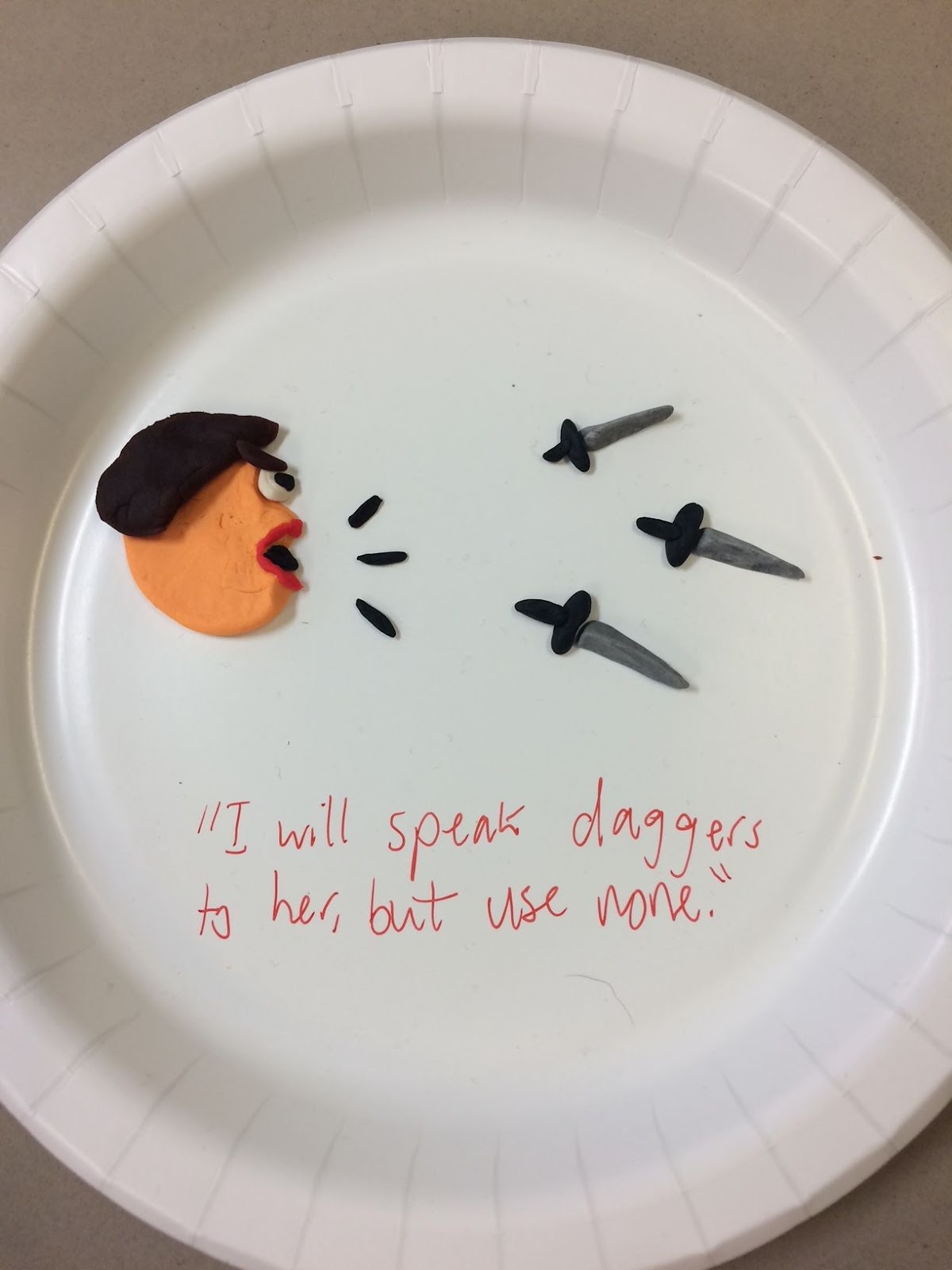
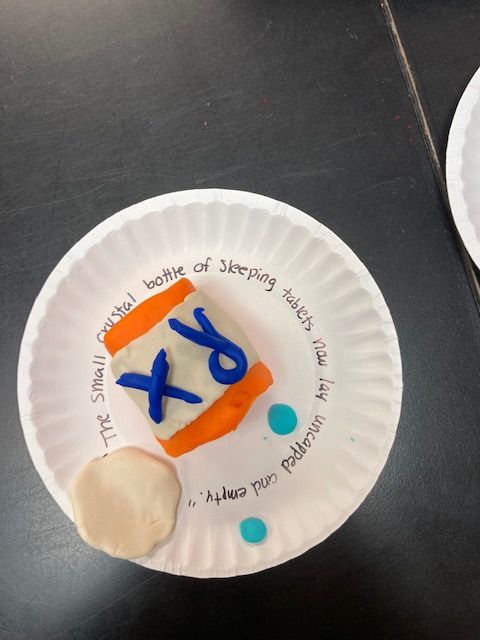
Moving Around
Other times when students’ capacity for work seems to be flagging, I look for ways that I can incorporate movement into a lesson or activity so that they can be out of their seats and moving. One simple way to do this is to break the work up into different stations around the room. I usually have students move around with a partner to complete the activities at each station.
Another activity that gets students up and moving is to have them complete a question trail. I hang multiple-choice questions around the room, and each answer choice sends them to another question. If they get all the answers correct, they will never repeat a question. If they make a mistake, they’ll end up with a question they’ve already answered and they need to backtrack to discover their mistake. I got this idea from @writeonwithmissg and purchased her template so that I can easily turn a set of questions into a question trail.
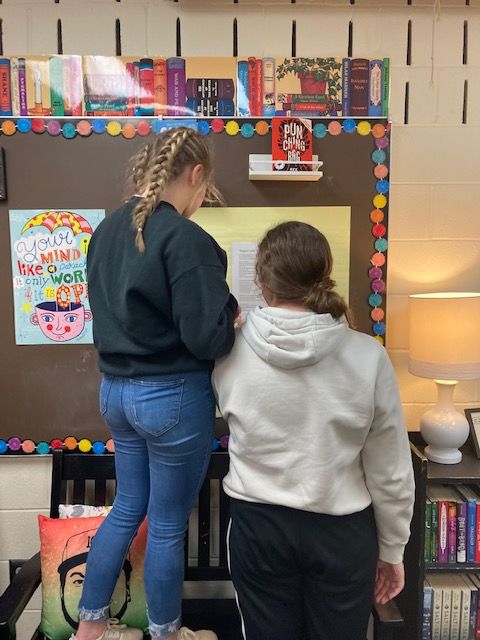
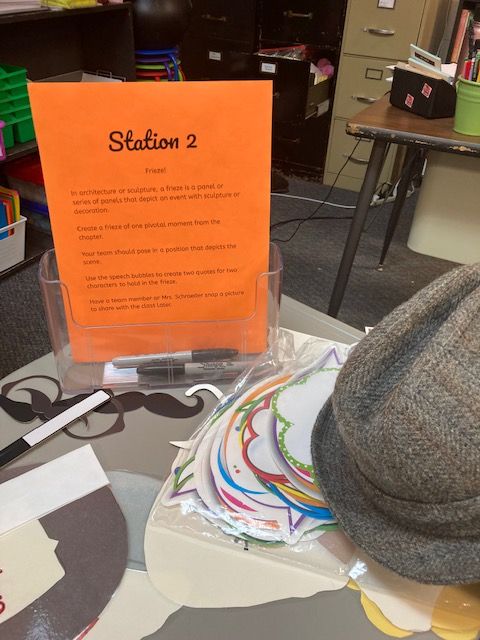
In the International System of Units, energy is measured in joules. But in my classroom, energy is measured in excitement. I have learned to “read the room,” as they say. When I see lethargy creeping in or our normal routines begin to feel flat, I incorporate one of these strategies to get the energy flowing in the room once again. Once students are in motion, we can return to our tried-and-true routines and practices. It’s natural for students’ energy to ebb; we just need some strategies to get it flowing once again.


